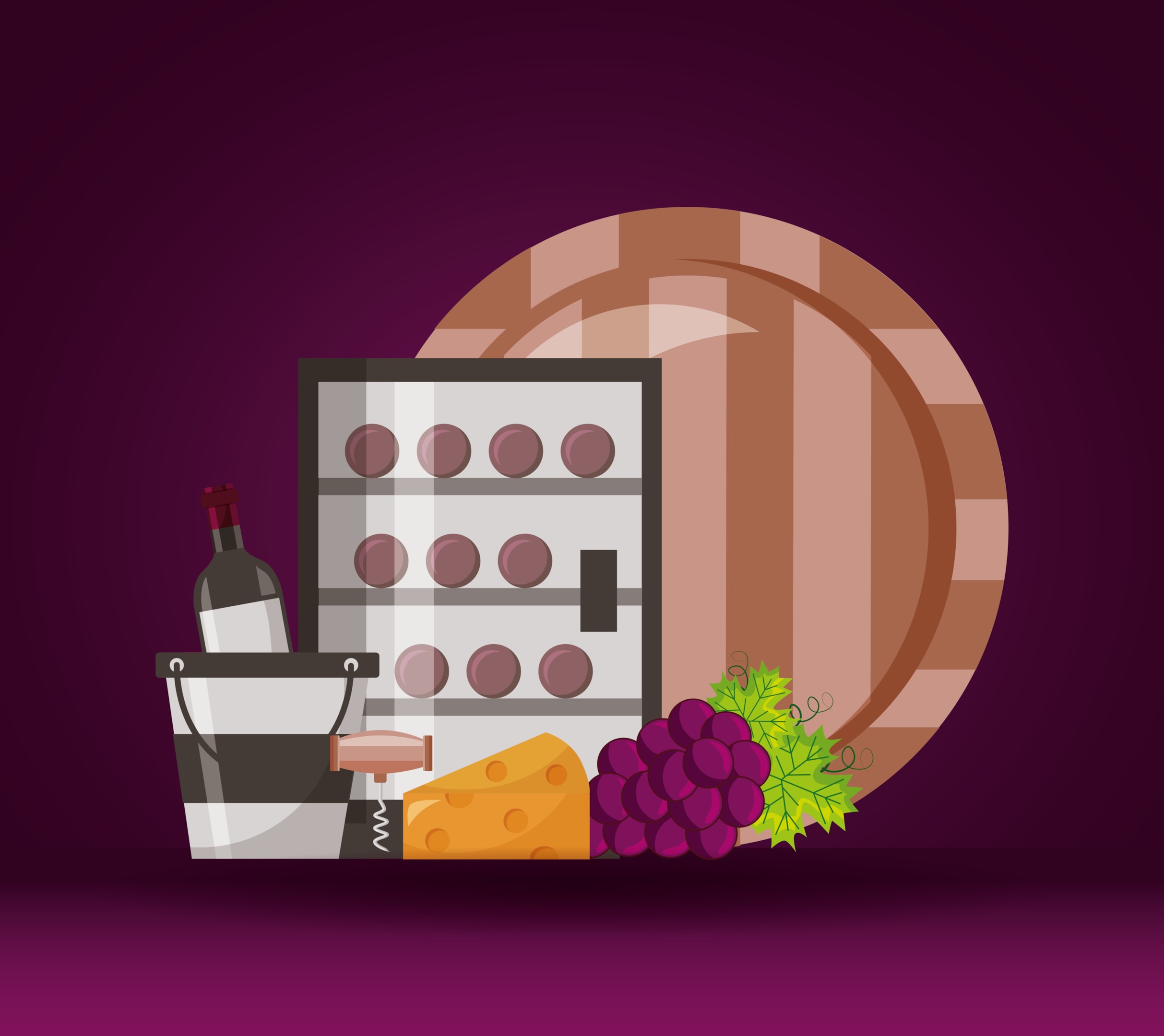The average restaurant profit margin typically falls between 3% and 5%, but in some cases, it can reach 2% to 6%, depending on factors like restaurant type and operational costs. While many owners believe they have a profit problem, industry experts argue that most restaurants actually have a math problem when it comes to understanding their numbers.
Let’s break down the key figures that influence restaurant profitability, and how small changes can drive big results.
Source: Doorbash
Restaurant profit margins: the breakdown
1. What's the average restaurant profit margin?
Industry reports suggest that restaurants typically have a net profit margin between 2% and 6% (as mentioned above) after covering all expenses. However, this number varies significantly based on:
-
Restaurant type – Full-service restaurants often have lower margins than quick-service establishments.
-
Location – High-rent urban areas may see lower profit margins due to higher operating costs.
-
Operational expenses – Labor, food, rent, and utilities all impact profitability.
Source: Restroworks
2. Prime cost: the most important number
One of the most critical metrics in restaurant profitability is prime cost, which includes cost of goods sold (COGS) and labor costs. Ideally, this should be below 60% of total sales to maintain a healthy profit margin.
Labor costs alone can take up anywhere from 22% to 40% of sales—and in some extreme cases, even up to 75%. Keeping a close eye on these expenses is key to long-term success.
Three key metrics that expose profitability issues
According to Jim Taylor, restaurateur and business strategist, most restaurants don’t have a profit problem, they have a math problem. He suggests looking at these three numbers in the right order to solve 80% of restaurant profitability challenges:
- Cover Count – How many guests are coming in? If traffic is low, fixing this should be the priority before addressing anything else.
- Average Spend – How much does each guest spend? This reflects the effectiveness of your menu, service, and overall experience.
- Covers Per Labor Hour (CPLH) – Are you staffing efficiently based on demand? Balancing labor costs with guest volume is where profit margins are won or lost.
More covers = more opportunity. Higher spend = more revenue per guest. Balanced CPLH = profit without burnout.
Your best-selling dish might be costing you money
Another common mistake restaurant owners make is assuming that their best-selling dish is their most profitable. However, Guy Leggatt, a restaurant profitability expert, points out that sales volume alone doesn’t tell the full story.
Consider two menu items:
- Dish A: Sells 500 times a month, $12 profit per plate → $6,000 total profit
- Dish B: Sells 300 times a month, $18 profit per plate → $5,400 total profit
At first glance, Dish A looks like the winner. But small menu adjustments can shift profitability without adding a single new customer:
- Improve Dish B’s visibility on the menu
- Train staff to recommend higher-margin dishes
- Adjust pricing slightly to boost per-plate profit
Your best-seller might actually be costing you money. Instead of just tracking sales volume, start looking at profit per plate, menu placement, and what your team is pushing.
Final thoughts
To maximize profit margins, restaurant owners should focus on:
✔️ Keeping prime costs under 60%
✔️ Tracking cover count, average spend, and labor efficiency
✔️ Reviewing menu profitability, not just best-sellers
Small tweaks, like adjusting labor allocation, repositioning high-margin dishes, or increasing upsell, can make a significant impact on restaurant profitability.
Want to take a deeper dive into your restaurant’s numbers? Start by analyzing these key metrics to uncover hidden profit opportunities.















-1.png?width=1812&height=1072&name=TripAdvisor%20%26%20More%20Bookings%20(1)-1.png)
-2.png?width=1812&height=1072&name=Google%20Bookings%20(1)-2.png)


-1.png?width=200&name=TripAdvisor%20%26%20More%20Bookings%20(1)-1.png)
-2.png?width=200&name=Google%20Bookings%20(1)-2.png)
-1.png?width=200&name=Instagram%20Bookings%20(1)-1.png)
-1-png.webp?width=200&name=Facebook%20Integration%20Rectangle%20(1)-1-png.webp)







.webp?width=200&name=download%20(1).webp)
%20(1)-2.webp?width=200&name=Eat%20(34)%20(1)-2.webp)
%20(1)-2.webp?width=200&name=Eat%20(18)%20(1)-2.webp)




.webp?width=670&height=440&name=Frame%202608526%20(1).webp)






.webp?width=144&height=72&name=Eat%20App%20Logo%20(3).webp)